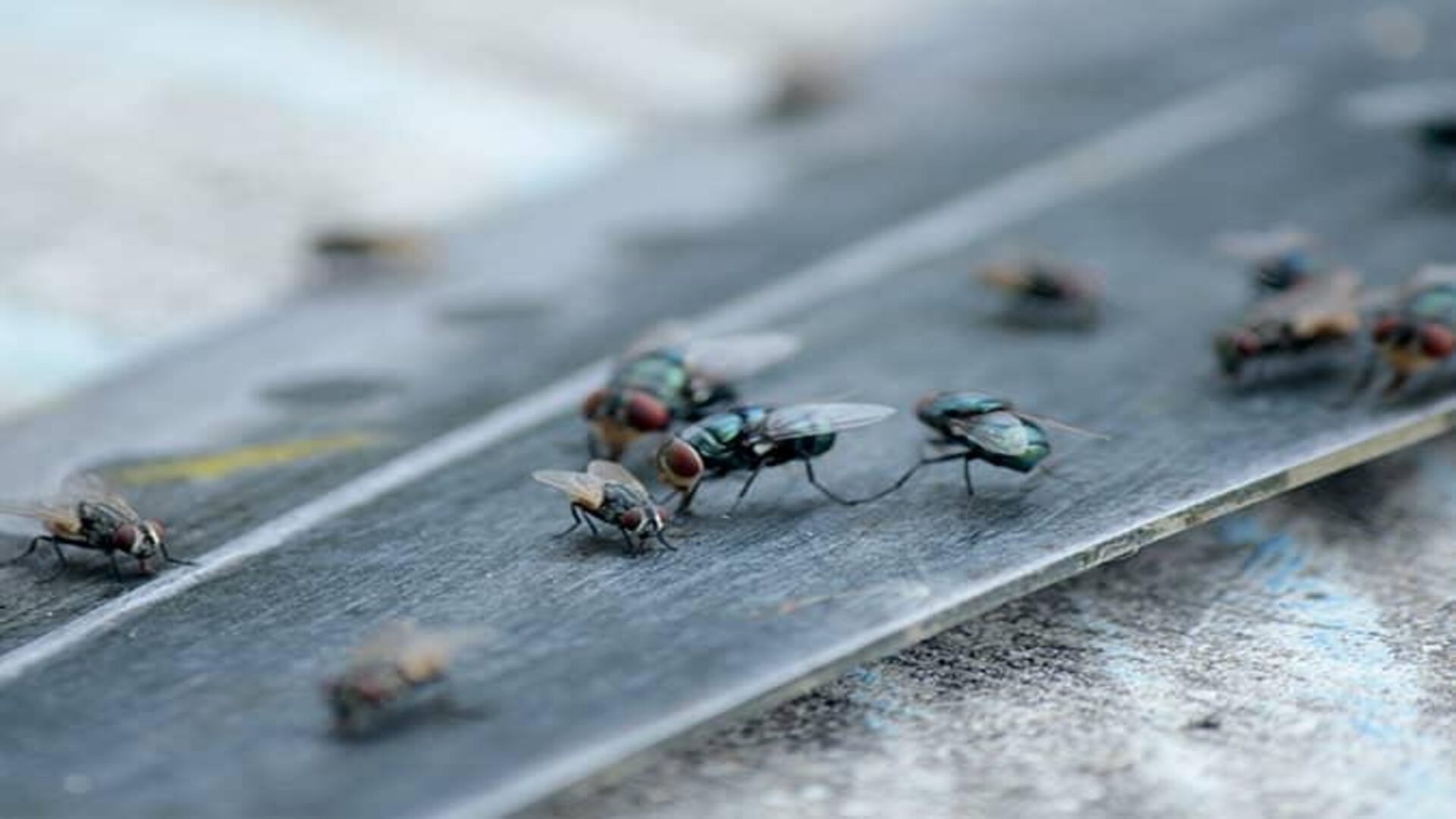
Flies swarm around food waste, countertops, and open trash bins.
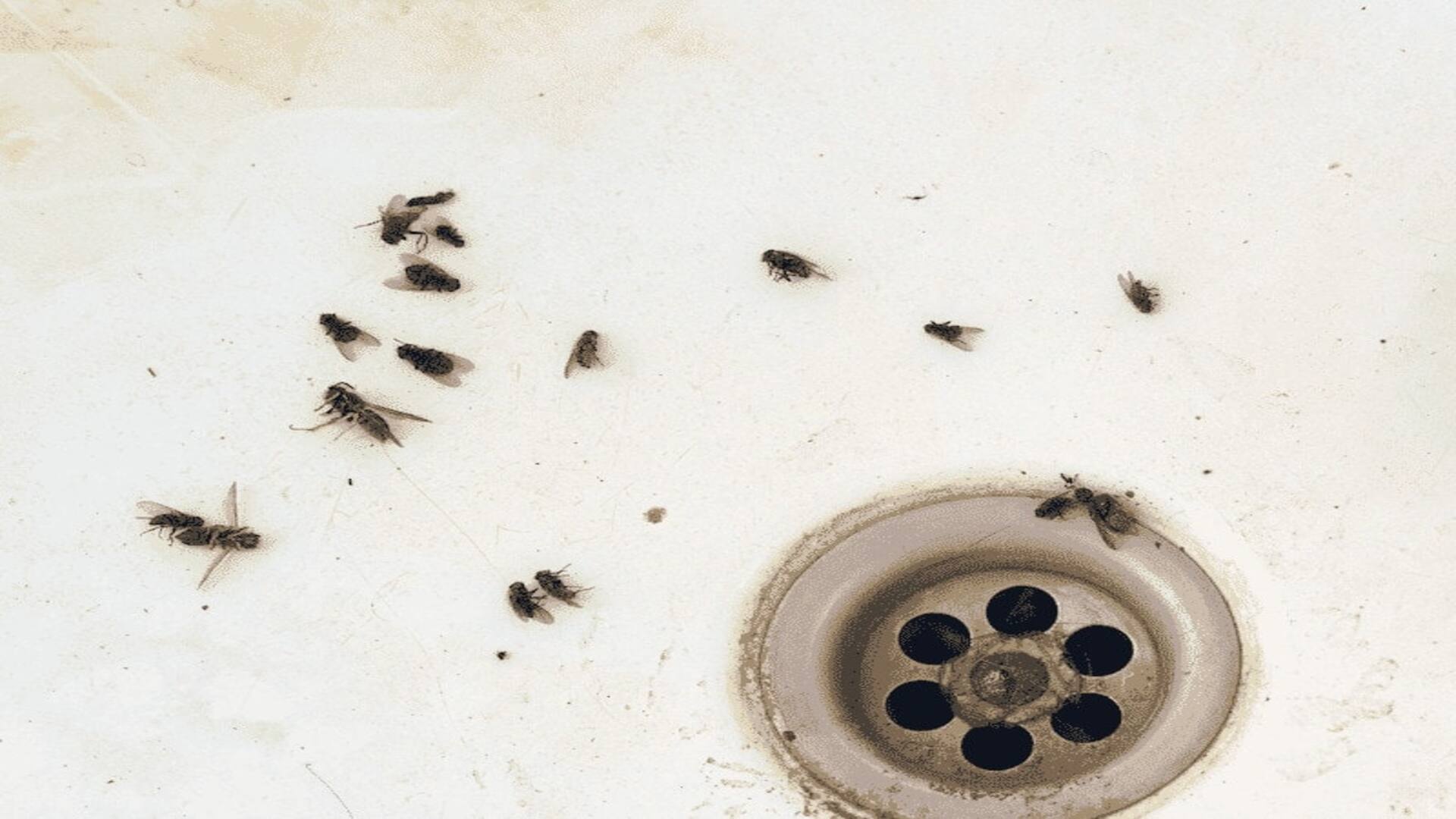
Damp spaces and drains attract certain species like drain flies.
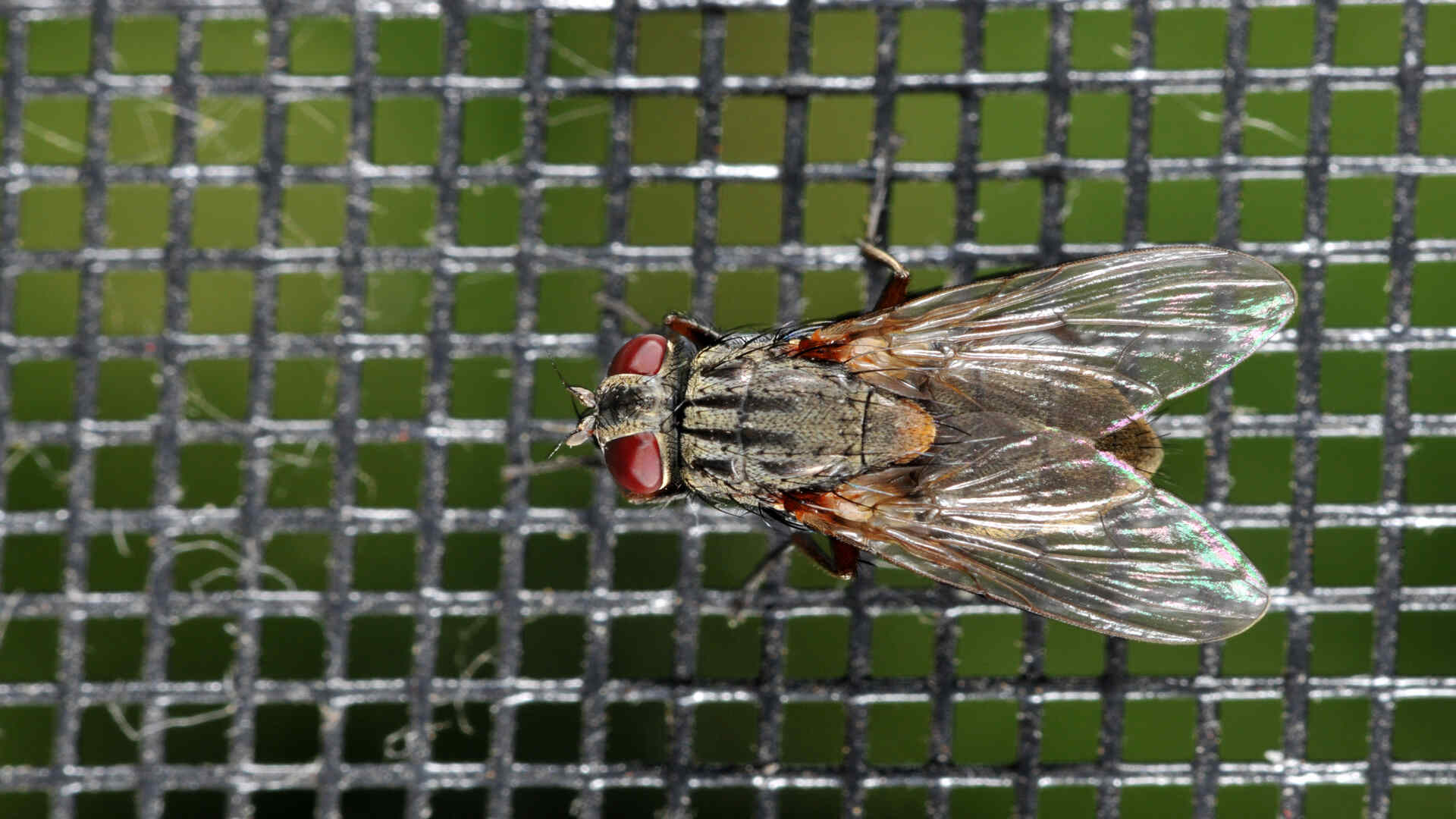
Dead flies near windows signal an indoor infestation.
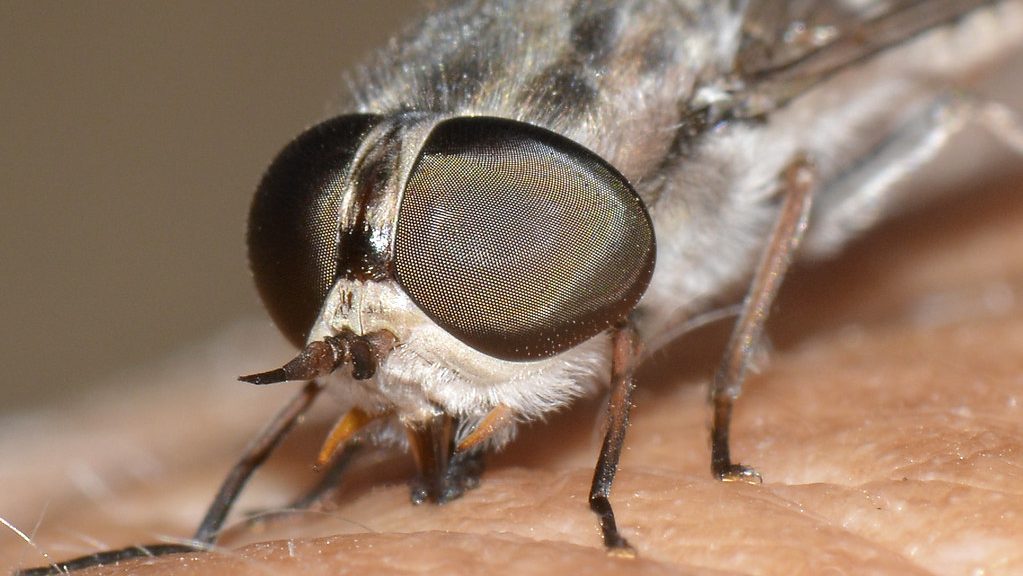
Flies gather near pet food and waste.
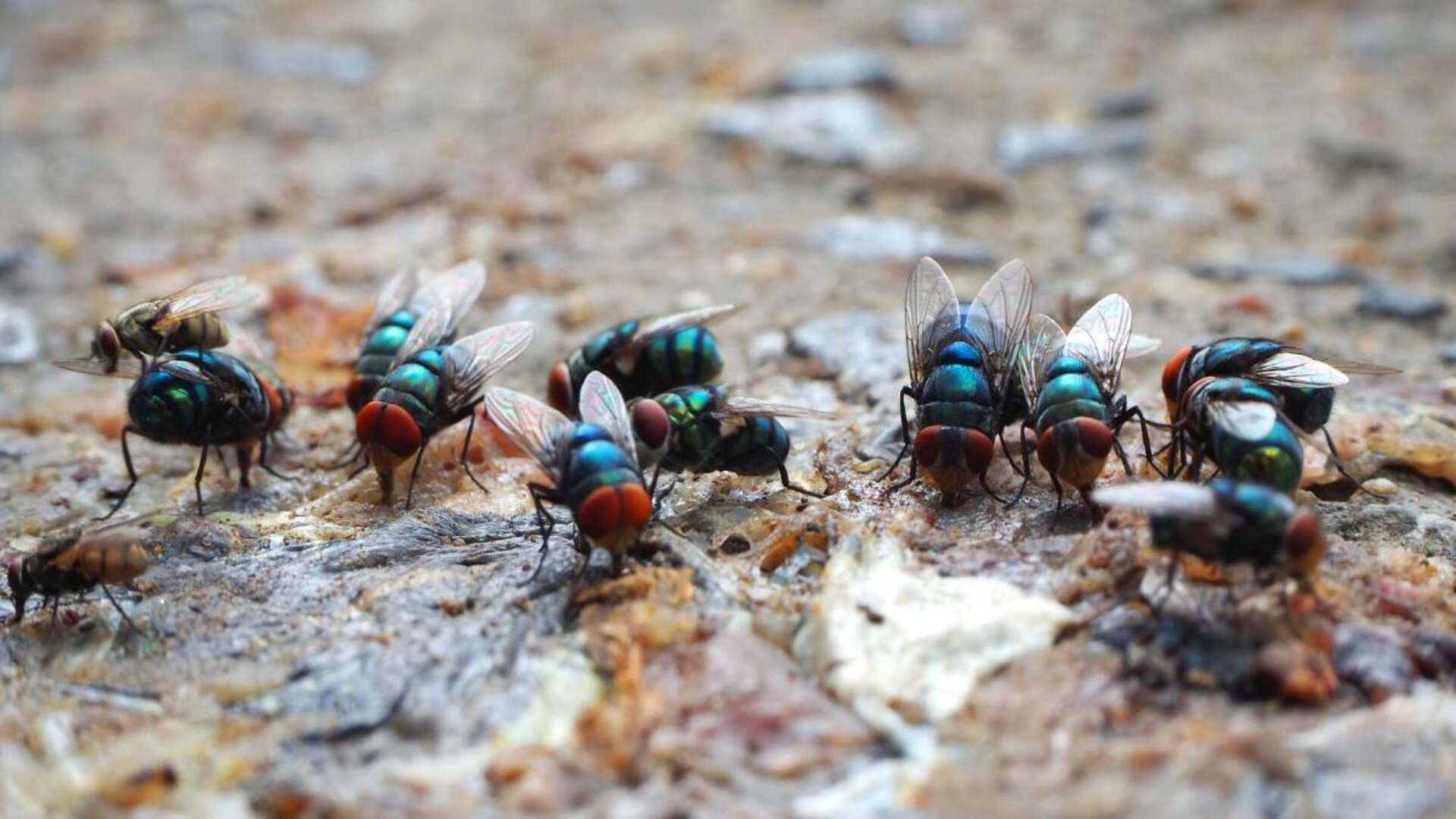
Overfilled bins are a breeding ground for flies.
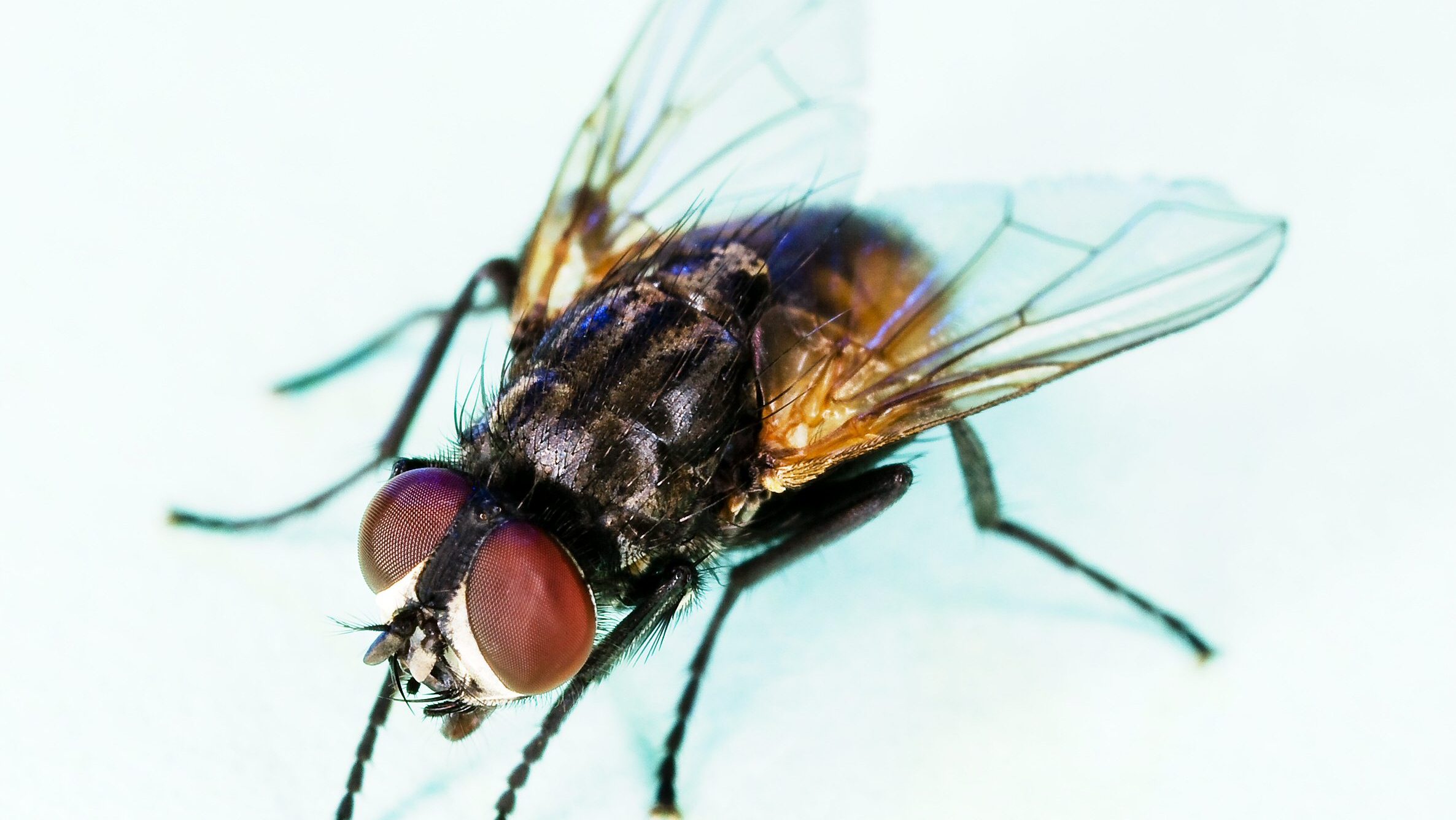
The most common fly, spreading bacteria through contaminated food.
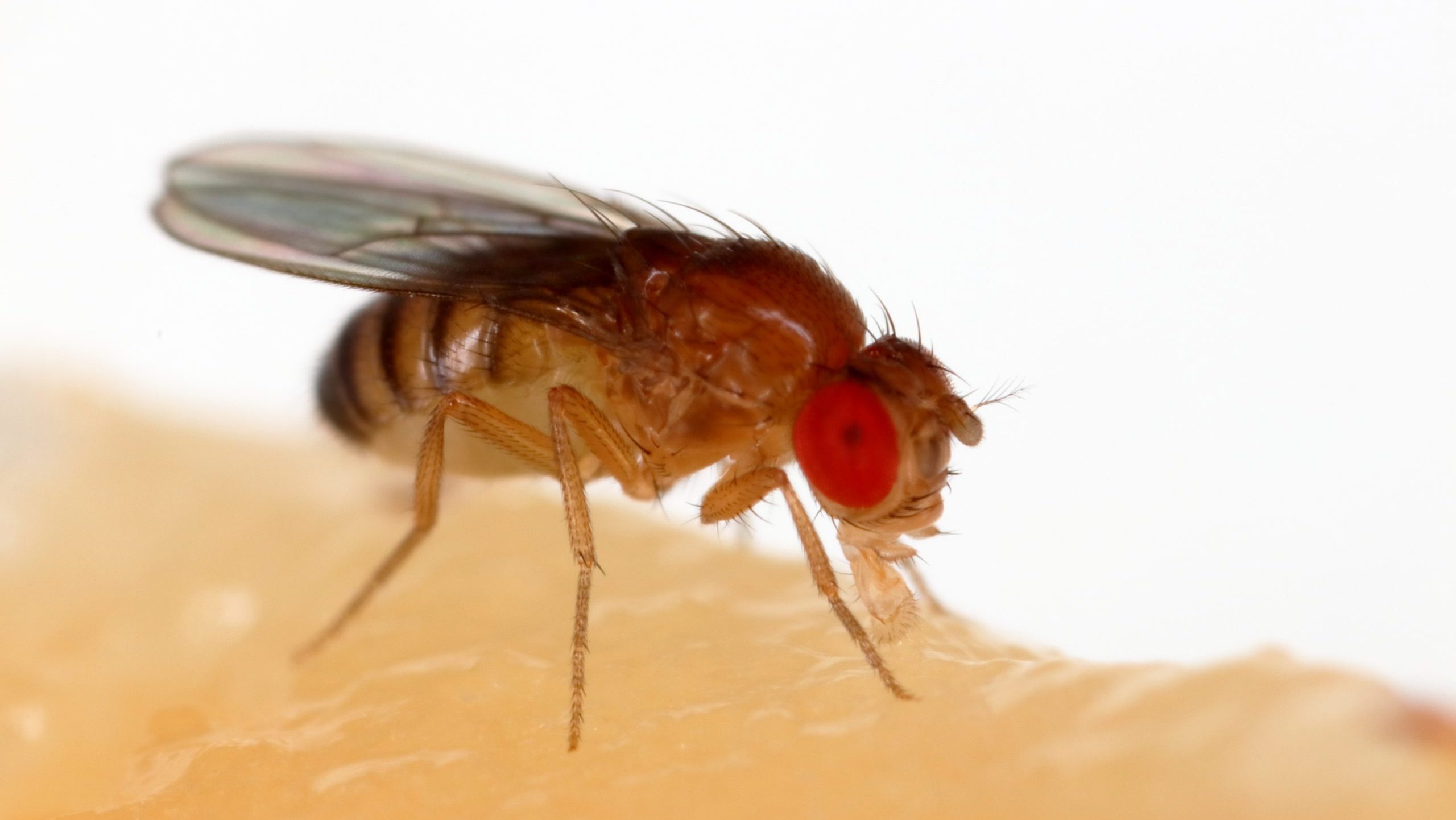
Tiny flies attracted to ripened fruits and sugary liquids.
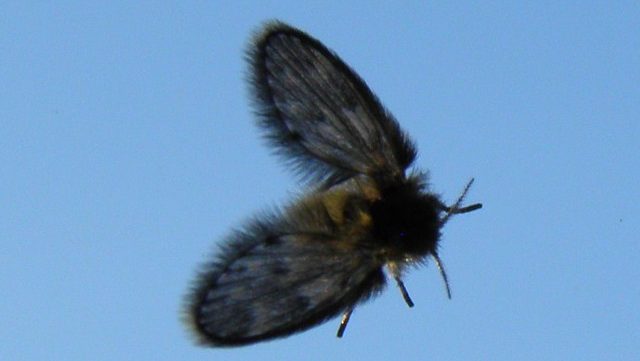
Found in damp drains, recognized by their fuzzy appearance.

Sluggish flies clustering in attics during winter.
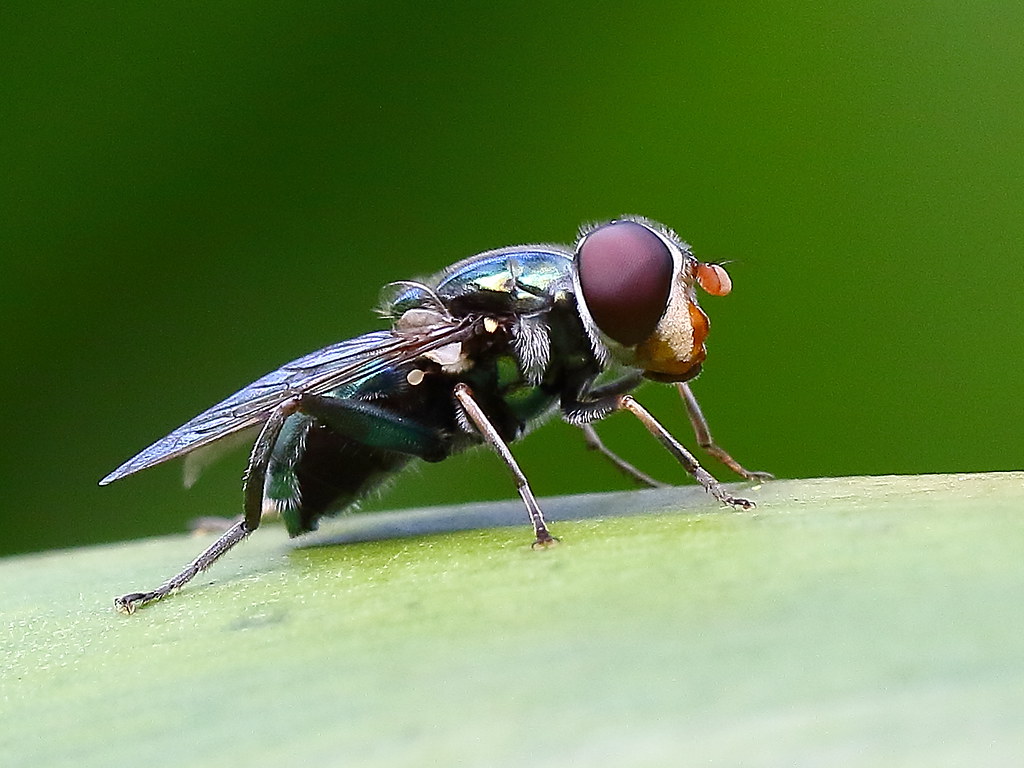
Metallic-colored flies often found near decomposing organic matter.
Flies have 6 legs and compound eyes with thousands of lenses.
They can beat their wings 200 times per second.
A female house fly lays up to 500 eggs in her lifetime.
Flies taste with their feet.
Some fly species mimic bees for protection.
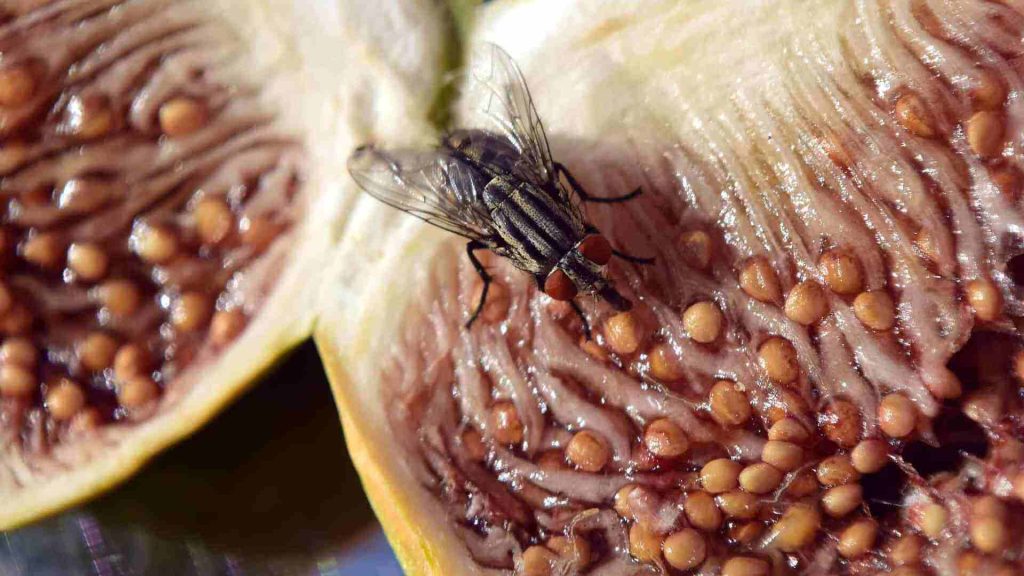
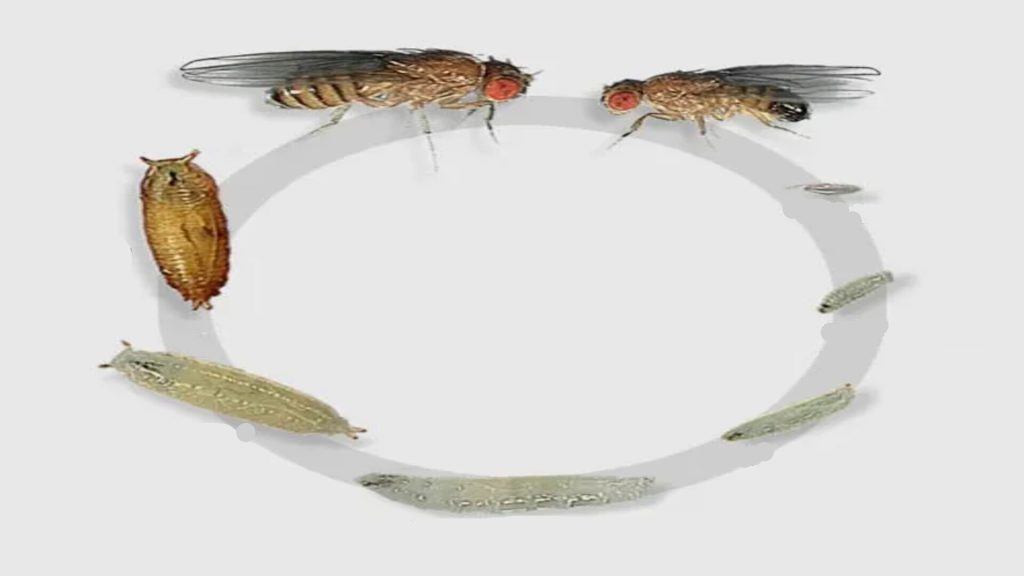

Homemade traps with vinegar or sugar water attract and catch flies.

Use insecticides cautiously to eliminate adult flies.

Electrified grids effectively control indoor flies.

Expert treatments for severe infestations ensure long-term solutions.
Use apple cider vinegar or a piece of ripe fruit in a jar with a paper funnel to attract and trap fruit flies.
Flies are attracted to food sources, garbage, and warm indoor environments, especially during warmer months
To keep flies out of your home, keep your home clean. Do not collect waste, especially damp ones. Flies are attracted to damp and warm places. If you suspect a fly infestation in your home or yard contact professional fly control services.
House flies typically live for 15 to 25 days, depending on environmental factors and available food.
Flies rub their front legs together to clean their eyes and antennae because flies have tiny taste sensors all over their bodies. When they walk around, these sensors can get filled with dirt, dust, and leftover food particles
Flies have two large compound eyes and three simple eyes called ocelli, which detect light and movement.
